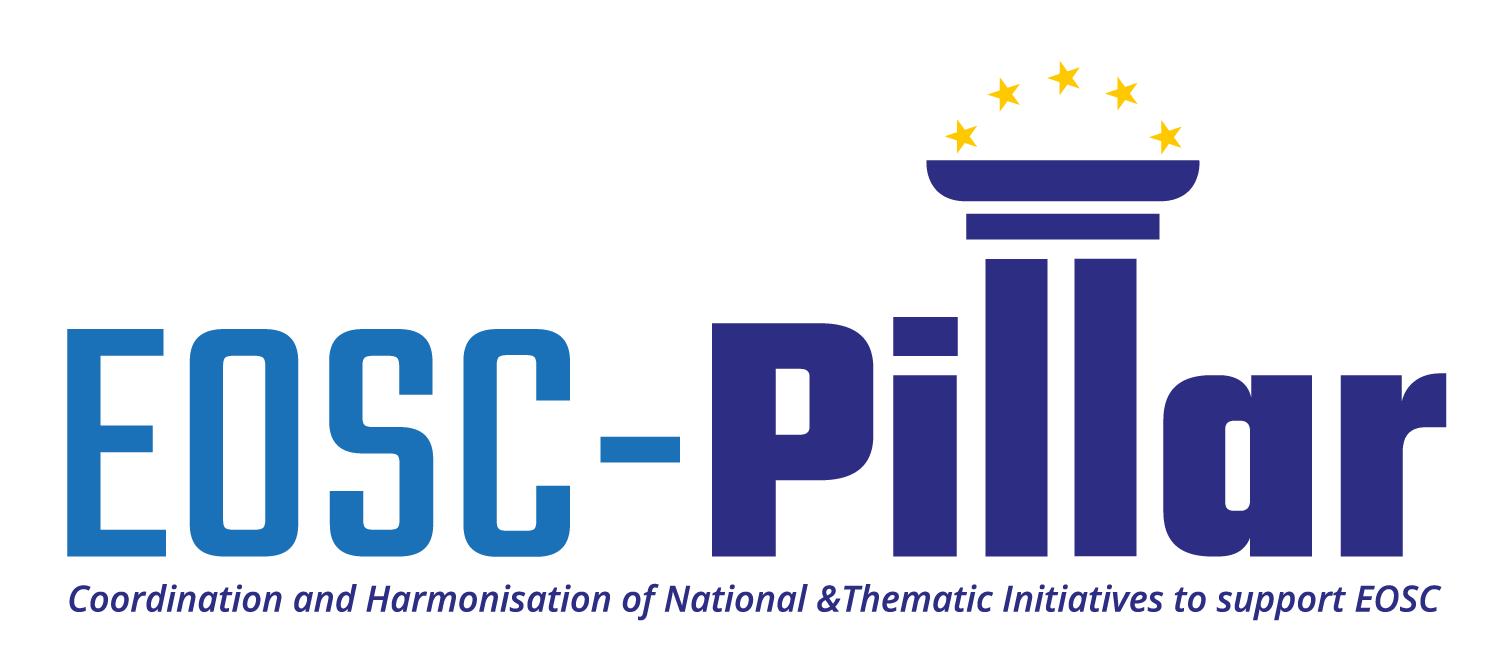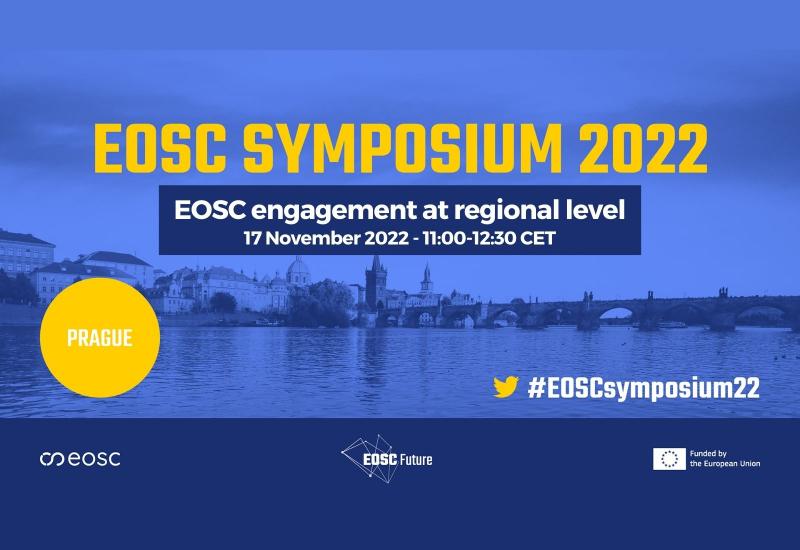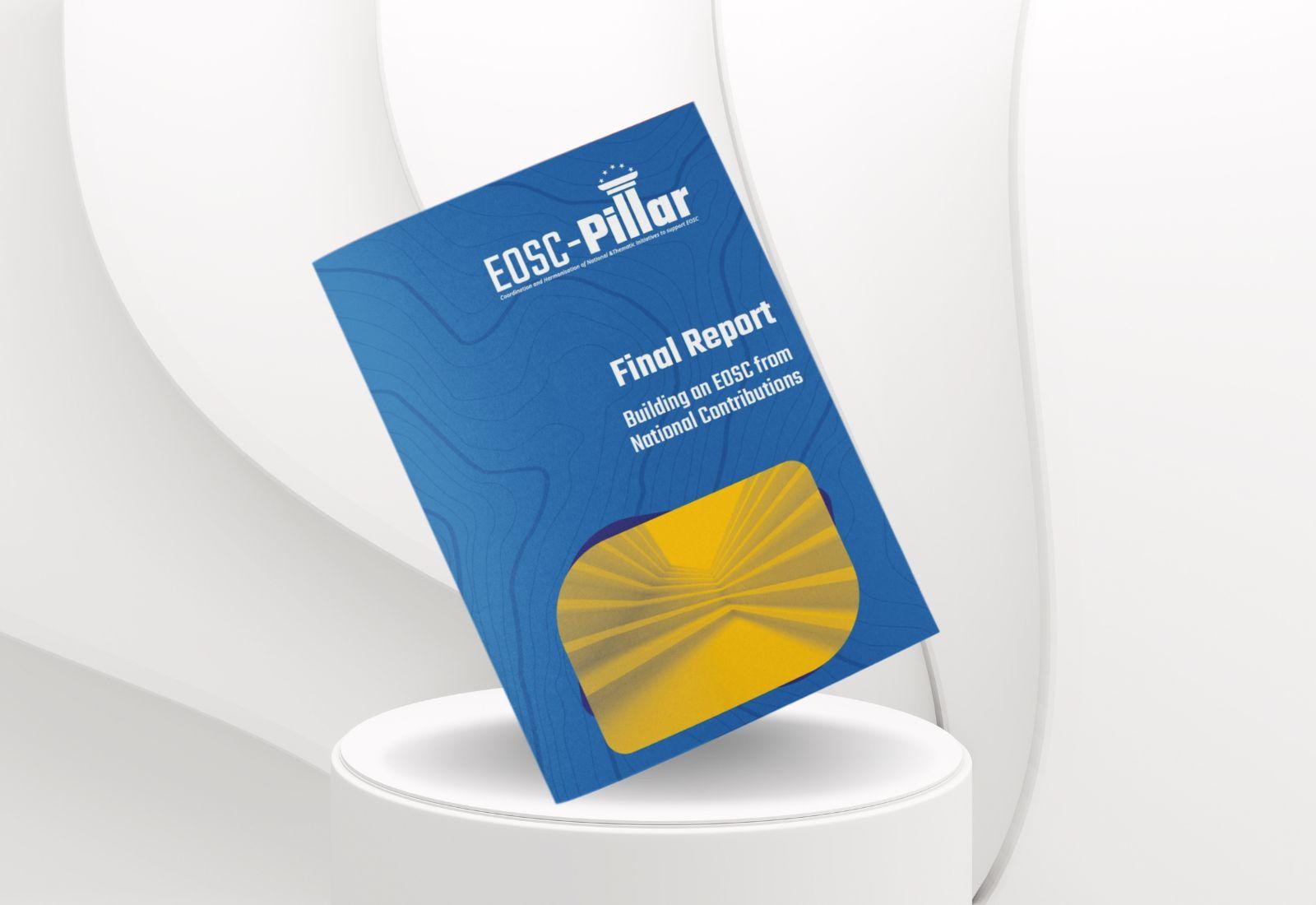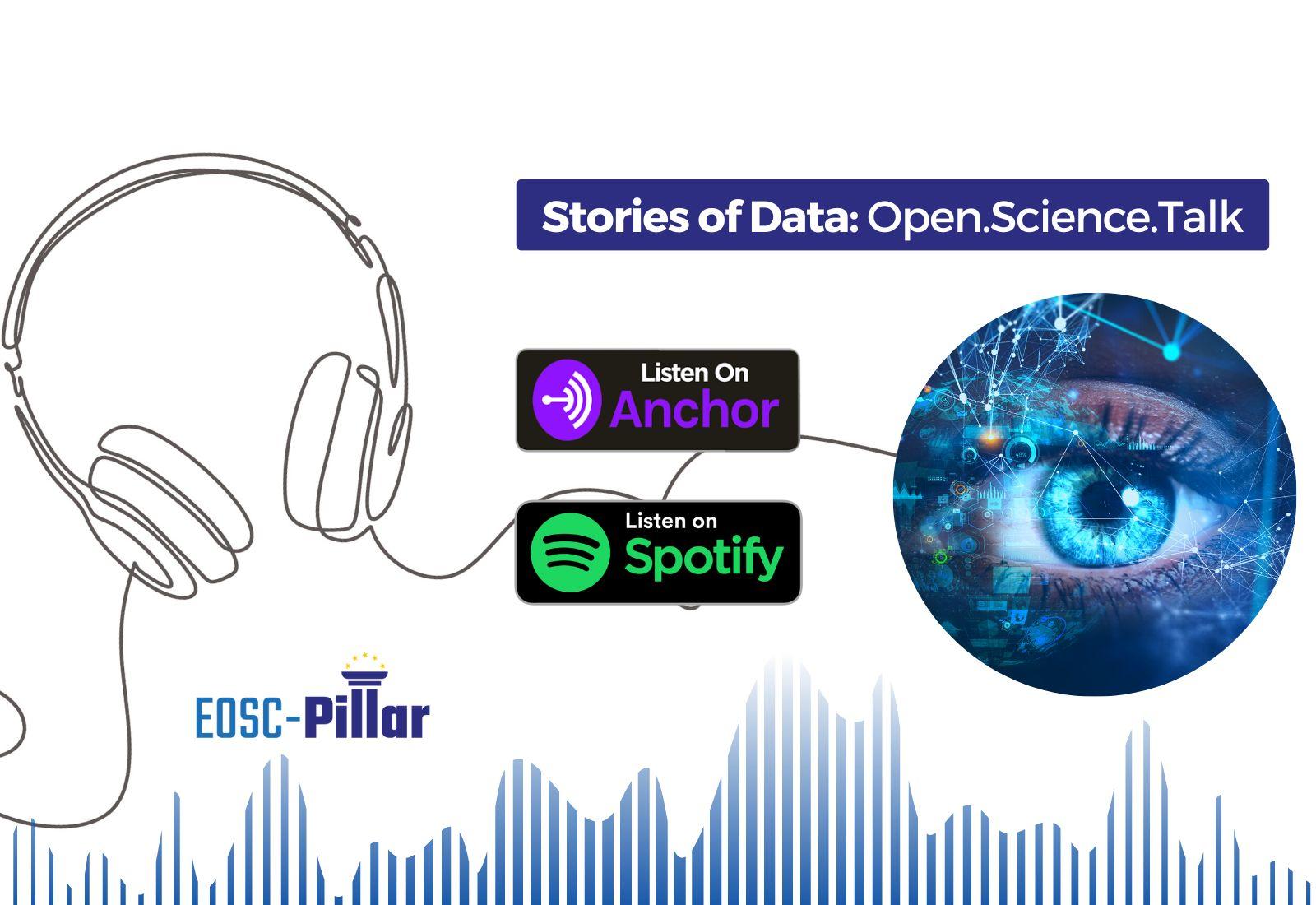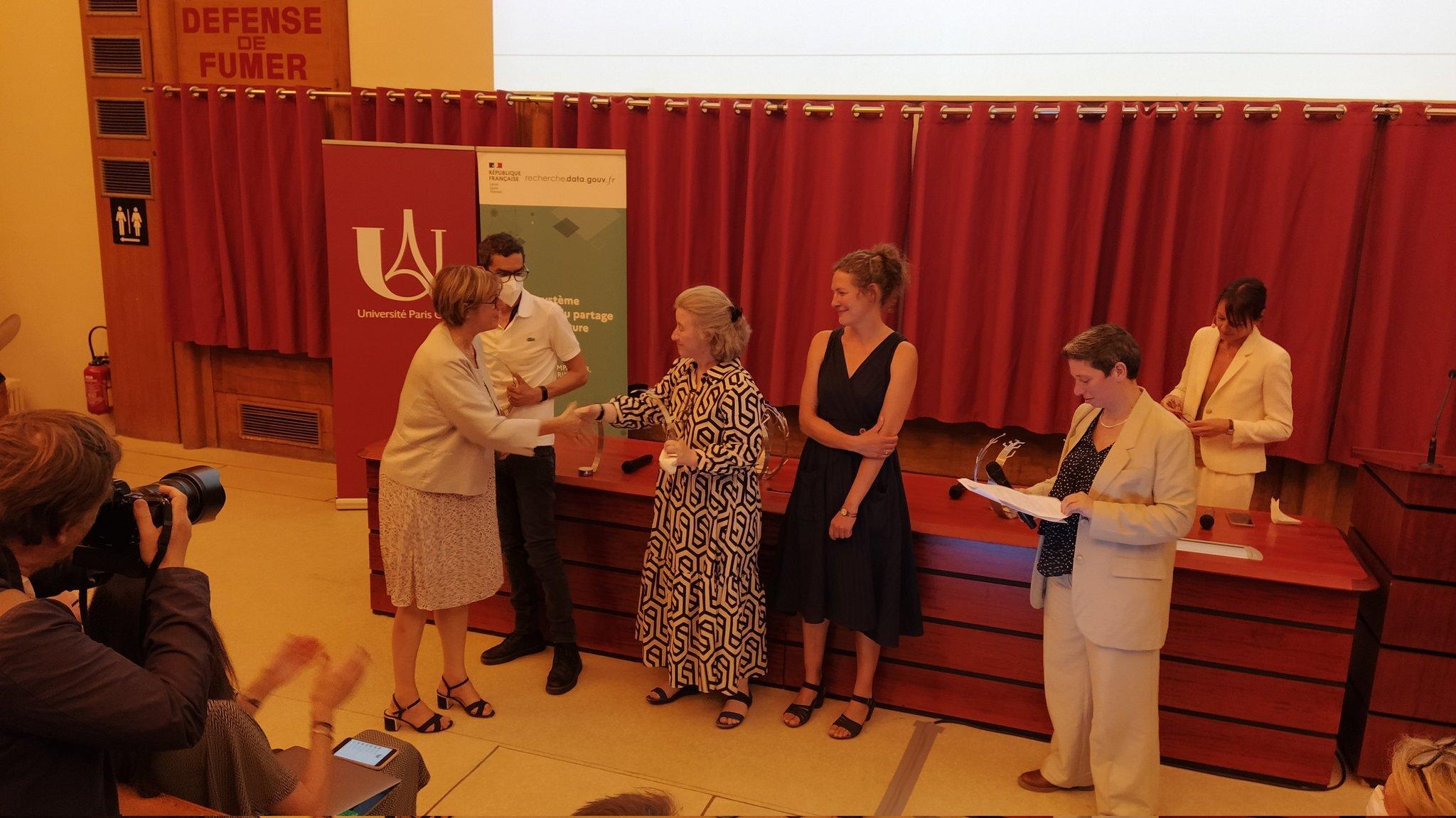
Input into the EOSC Strategic Research and Innovation Agenda by EOSC-Pillar
September
17,
2020
News
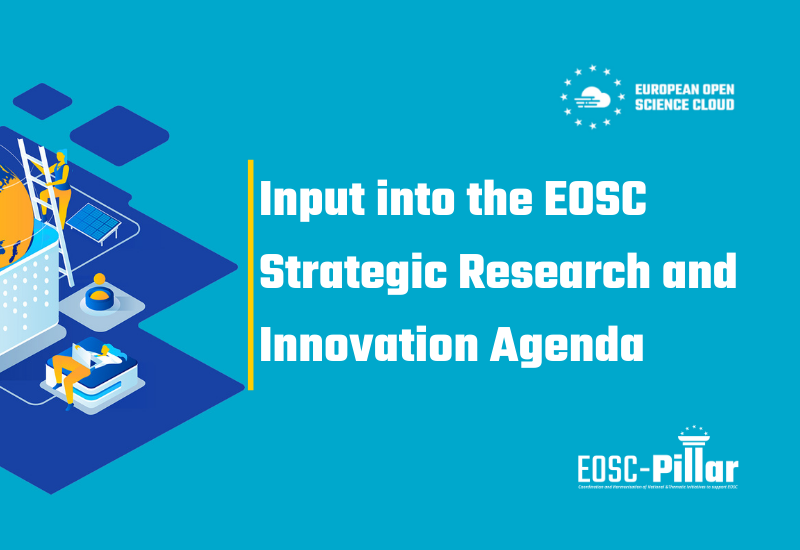
The open consultation for the EOSC Strategic Research and Innovation Agenda (SRIA) closed on the 31st of August, collecting relevant input from the EOSC community to help shape the future vision of the European Open Science Cloud.
The open consultation, coordinated by our sister project EOSCsecretariat.eu, was part of the move towards the next phase of the EOSC.
We were pleased to provide our feedback, bringing together the views of key actors from Austria, Belgium, France, Germany, and Italy, highlighting the importance of the relationship between the national, regional, and European levels.
The current draft of the EOSC SRIA document, on which the consultation was based, is available at this link. Please find a recap of our main comments below.
Comments on EOSC Guiding Principles
Regarding the Guiding Principles, we raised the following points:
- Stress the fact that "researchers" aren't just one class among the EOSC actors, but the leading one when it comes to the EOSC stakeholders.
- The openness of the environment is important, but more emphasis should be put on the possibility to close access where necessary, for example, to protect IPR (possibly for fixed/dynamic time frames).
- The availability of FAIR data and APIs will not automatically guarantee the availability of, nor generate, services allowing full automation. EOSC should invest more in the creation of such services which will make it possible to cope with the complexity of such a dynamic environment.
Comments on Action Areas
While the EOSC-Pillar consortium generally agreed with the proposed Action Areas (AA), we suggested that AA2 - Metadata and Ontologies should expand into ensuring that metadata contain all needed pieces of information to make scientific results replicable/verifiable.
In addition, we proposed that some potential Action Areas be taken into account for the future:
- Automation: investments are needed to sustain the development of services allowing automation.
- IPR and GDPR: EOSC should invest effort in a) supporting researchers who need to use personal data (showing that GDPR is not there to prevent such use, but only to make it safe), and b) ensuring EOSC respects IPR (which creates trust in the whole system, eventually supporting a willingness to use it)
- Harmonisation of national/regional infrastructures: it should be clear that the "E" in EOSC means that it stems from long-standing efforts at lower levels (national/regional). In this respect, EOSC should have a global, worldwide view not limited to European MS/AC, to ensure Europe takes the leadership in this effort.
- Multi and inter-disciplinary research activities: EOSC is to support innovative research which sometimes sits in a grey area intersecting several "traditional" fields and researchers have often difficulty in carrying out their activity/publications because they "don't fit 100%" in either one. Data/services will be multi-discipline, the rest of the research activity needs to be such, too.
Comments on Priorities
We believe that the activities on most priorities should start now, even for those marked "before 2028", and no activity will be concluded by a specific year. Most priorities will need to see 90% of a first iteration to be done by 2024, or 2026.
As for the level of priorities, we believe that all of them should be tackled with this “hierarchy” in mind: European, national, institutional; hopefully, all of these agendas should be aligned. For some points closer to the individual researcher (such as Priority 7 on feedback mechanisms for users), "Institutional"/"National" have been marked top of the list.
- Priority 7 "Ensure a feedback mechanism to engage with users and further develop the EOSC environment to meet their needs": feedback should include mechanisms to involve users in designing services, accepting/evaluating their suggestions, not just asking them for their opinion on a frozen working service. Feedback and suggestions should also come from outside of Europe.
- Priorities 17-18 "Develop Open Science training and professionalise associated roles" and "Create a Europe-wide framework for rewards and recognition that includes Open Science": these need to be addressed "now" although it will take some time to materialize.
Comments on KPIs
All statements are relevant: we marked "Neutral" when we did not think they would fit a KPI definition. Those statements are more like "areas" within which to define real measurable KPIs.
- KPIs should not be mere "counters" but weighted: moreover, they need to be connected to EOSC. For example, KPI9 is rather meaningless unless you connect it to how much research was performed using those interoperable data.
- How much of KPI3 or KPI8 is intrinsically due to the existence of EOSC and would have been impossible otherwise? In this respect, KPI1 and KPI5 would not even be KPIs, as they could be obtained just by policy (no funds unless you commit to making results available and FAIR by design).
- KPI6: only mentions digital objects, will there be no specific KPI for services?
It is worth mentioning that a consultation, conceived by the INFRAEOSC-05 projects from an idea discussed with the EOSC Landscape Working Group, is ongoing on the indicators to be used to monitor and assess the EOSC development at the level of MS. The idea is to move from a static landscape to a set of living indicators, and select a set of relevant aspects to be monitored to accomplish this objective. The working proposal that is the object of the consultation builds on the results of the first version of the Landscape WG report and the INFRAEOSC-05 projects’ surveys on National OS Initiatives. All the indicators in the proposal are intended to be quantitative. The results of this consultation will be shared in autumn 2020.
Synergies with other programmes
European Structural and Investment Funds (ESIF) could support EU-coordinated broadband implementation initiatives to truly overcome the digital divide. Synergy with ESIF can support the kick-starting and the long-term sustainability of the (e-)infrastructures on which the EOSC will be created.
Over the summer, EOSC-Pillar also carried out a consultation in collaboration with ERA-LEARN on the synergies between Horizon and ESIF in the EOSC Partnership. Feedback is currently being analysed and will be taken into account in our upcoming activities. You can rewatch the recording of our webinar on this subject, held on 20 July 2020, at this link.
Alignment of projects
If we consider "core" components, these need to be managed by a limited number of projects, well-aligned among themselves.
If EOSC is going to be multi-stakeholder and trans-community, then some fragmentation is inevitable, and even desired (to ensure all diverse research components are represented): unification/alignment would happen at the level of structures like the "regional coordination board" which is being set up by INFRAEOSC-05 projects.
We are looking forward to reading the next version of the SRIA document and to taking part in the EOSC Symposium 2020, where the EOSC community will come together online to discuss the latest developments of our undertaking, on the road to the next phase of EOSC.



